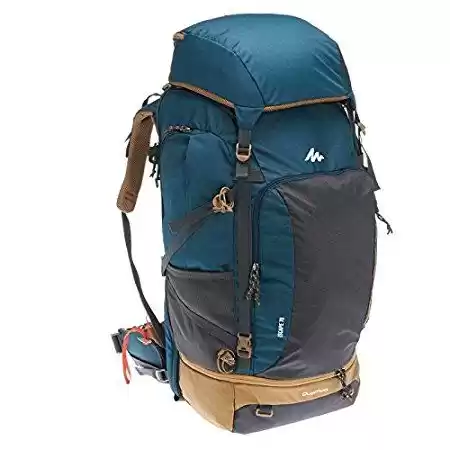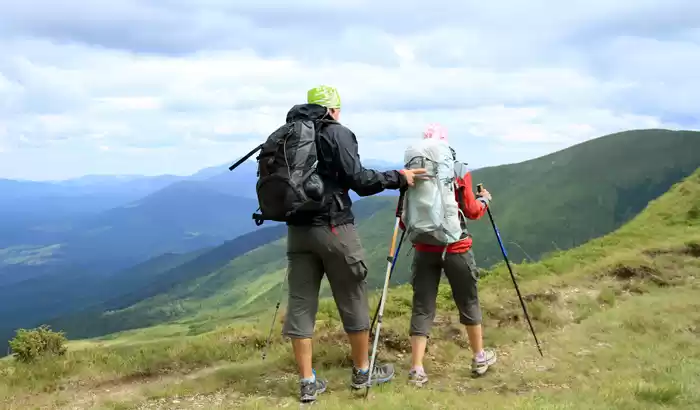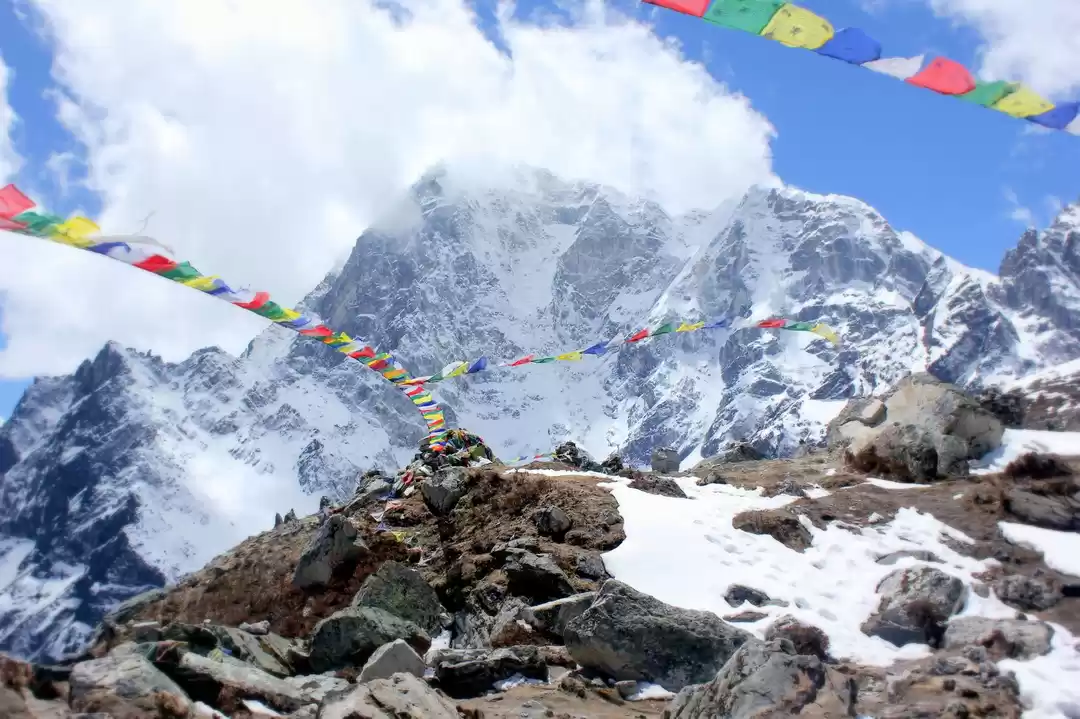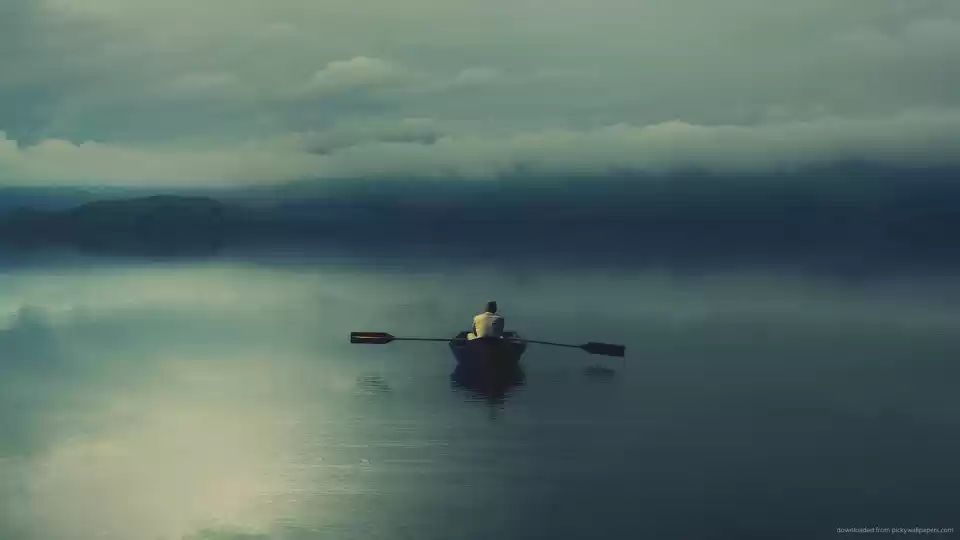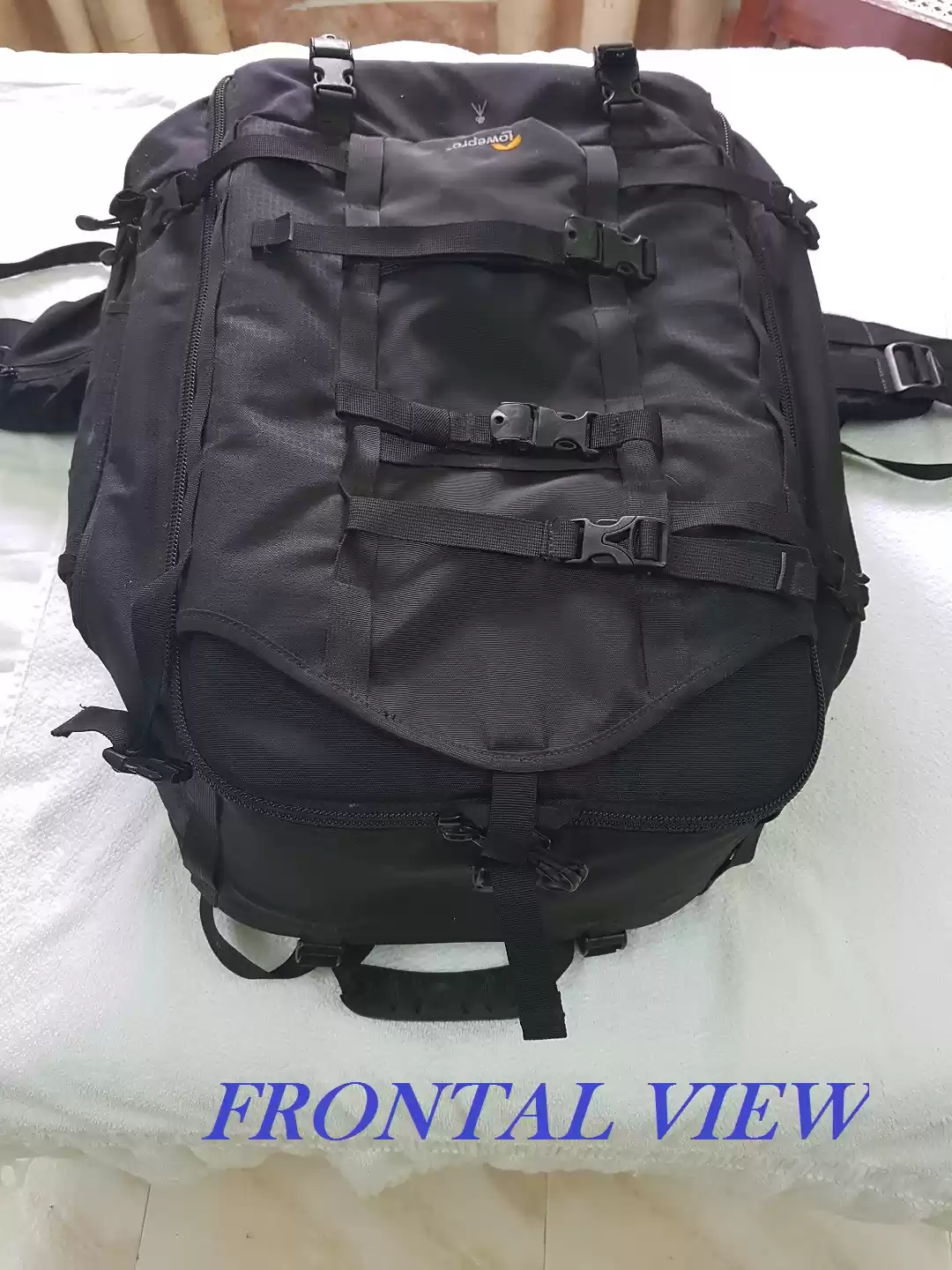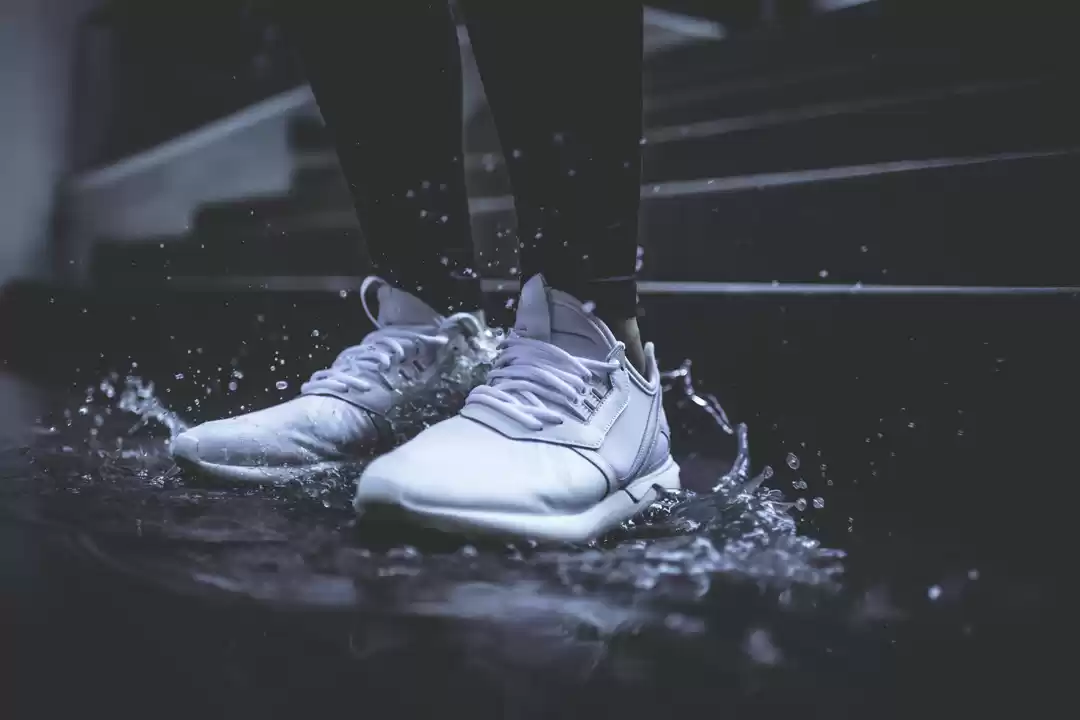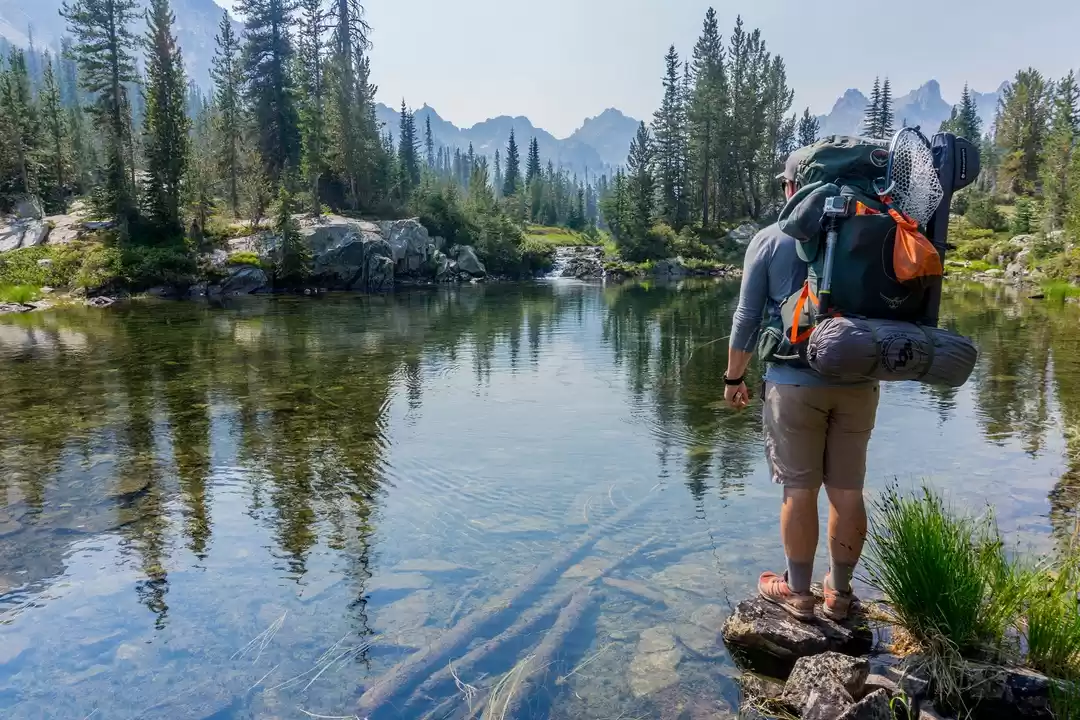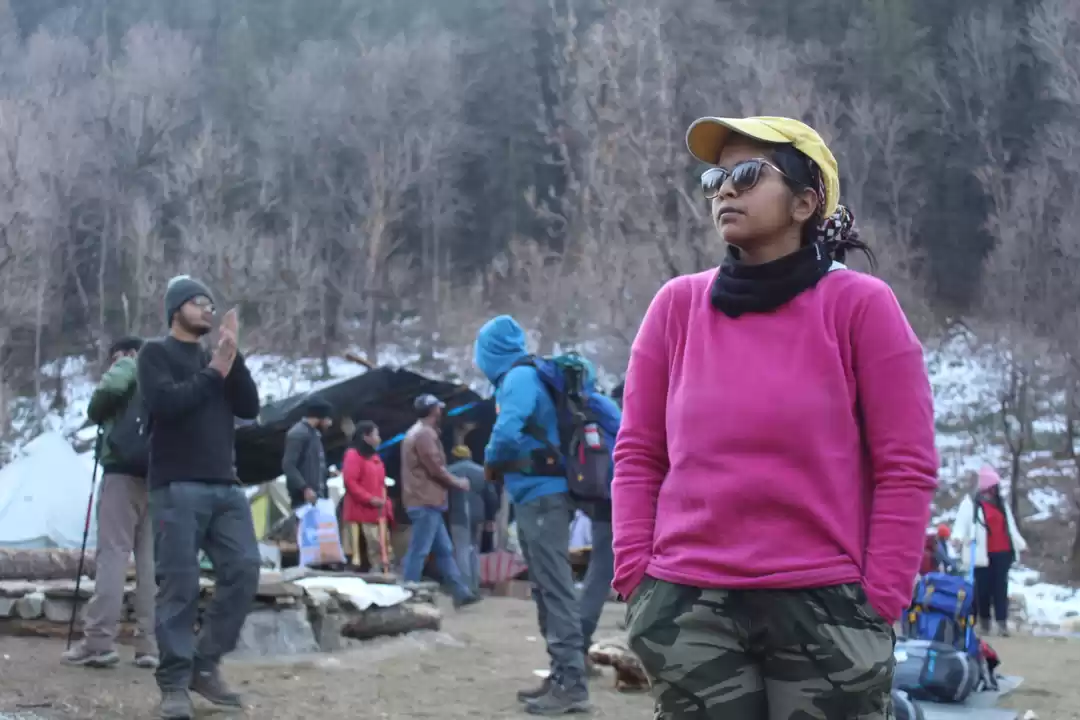An Optimal Travel Gear is the key to your physical comfort and mental peace while you’re on the road; it is also the second most important part of preparing for your travels, the first being planning the trip itself. While a good gear helps you travel fuss free, a clumsy and inappropriate gear will begin to take a toll on your trip as soon as you reach the airport to board your first flight.
Some travellers like to carry a humongous backpack while others like to travel as light as possible. I started to travel with a lot of stuff to address my insecurities of being away from my comfort zone and therefore my gear was initially heavy until I slowly learned the art of carrying just a 7Kg backpack and a camera bag irrespective of the length of my trip. Here is a look at what comprises my Travel Gear

Left to Right
- Vanguard UpRise II 48Camera Bag +Daypack
- 32 Ltr Deuter Backpack Futura 32
- Travel Neck Pillow and Hat
- Vanguard CX 203 AGH Tripod
- Wildcraft Waterproof Hiking Shoes
- Flip Flops
- Bose Headphones
- Swiss Military Travel Wallet
- Quechua Sleeping Bag (up to 5 degrees)
- Nikon D7100 with 16-85mm and 50mm Lenses
- Toshiba 500 GB External Hard Drive
- Targus APK 01 AP Travel Adaptor
- MI 12000mah Power Bank
- Notepad
- Chargers
- Passport
- Clothes with Travel Jacket, Hiking T-Shirt and Scarf
- Toiletries with Ear Plugs and Eye Mask
- Travel Gear is a very personalised choice and reflects a lot about your style of travel, but it also does take a few trips for a new traveller to realise how they want their travel gear to be. I share my experience through this quick guide to Optimal Travel Gear, which can also act as a ready reckoner when you’re packing your bag.
1) How to choose an Ideal Rucksack?
A backpack/rucksack is a very significant investment and an extremely important factor to how comfortably you travel. Also, it is not something that one can replace often and therefore a meticulous approach in selecting a backpack is absolutely necessary. The below are the factors that should be taken into consideration when buying a travel backpack –
- Size – The size starts from a 25 Litre Daypack and goes up to a 75 Litres Trekking Pack. The choice of size depends on how long you travel and what stuff you wish to carry with yourself. I started with a 50 Litre Wildcraft Trailblazer backpack and then moved to a 32 Litre Deuter Futura-32 after realising I was carrying too much unnecessarily and needed smaller but a more technically designed pack. I would stick to a capacity between 30-40 Ltr range for a trip duration ranging from a week to 2 months and switch to a 50-60 Ltr range for a trip longer than 2 months.
- Top Loading vs Front Loading Backpack – Top loading backpacks are the ones most widely available and used but bear a disadvantage of vertical arrangement space within. To access the stuff right at the bottom you have to unpack everything, it is also difficult to locate a specific item because of lack of visibility. This is really annoying when you need to take out something in your flight cabin or at the airport etc.The front-loading packs, on the other hand, are easy to organise, pack and unpack and also provide a great visibility because of its wide opening front zipper. But these bags are costlier, difficult to find and the choices are limited.

- Framing – Frameless, internally framed, externally framed and frameless are the options to choose from. Externally framed backpacks are no longer preferred, mostly because of their coarse feel and bulky structure, and therefore are hardly available nowadays thus limiting our choices to a frameless or internally framed backpack.

An internally framed backpack has an efficient load transfer mechanism which makes it easier to carry while walking upright. The back is designed with air comfort systems to allow passage of air. These advantages make them sturdy and easy to carry even for long distances. These packs look clean, sexy and streamlined.
Frameless backpacks are a lot cheaper than framed ones but that is their only merit. They are difficult to carry and manage, with no load distribution mechanism and no air comfort system. The stuff inside gets disorganised because of no defined support, giving them a very clumsy look and feel.
- Rain Cover and Wet Clothes Compartment – Apart from using the rain cover for protection from rain; I also use it for protecting the backpack from wear and tear that happens very often in the luggage compartments of the train, bus and aircraft. I love my bag and always try to keep it is immaculate as possible.
The wet clothes compartment is a feature that is often overlooked but is unavoidable for me. This keeps my wet clothes quarantined and saves me from what is always a last minute fret.
- Hydration Pack compatibility and Materials used for the backpack – Handsfree Hydration Packs are bladders designed for liquid storage within the backpack. They fit inside and have a long nozzle which moves through the tube space in the backpack to hang out from the shoulder strap for a hands-free access to water. Look out for this very important feature when selecting your backpack.
Another very important consideration is the material used in making the bag. It should ideally be a high-grade nylon which does not lose texture and is very robust, lightweight, water resistant and tear resistant. The buckles should be tough and zipper should be durable and lockable. You don’t want them to tear or break when you need them the most, do you!
- Padded Back, Shoulder Straps and Hip Belt –Totally essential for the ease of carrying while being soft on your body. The padding should neither be too hard nor too soft and should not split as the bag gets old. A poorly padded bag with a few kilos of stuff can ruin your trip.

PREFERRED BRANDS –
Economy – Wildcraft and Quechua
Favourites – Deuter, REI and the North Face.
2) Which Camera Gear to Carry?
A camera is an integral part of travel gear and the most expensive piece of gadget one carries. If I stick to the travel perspective and keep aside other technical merits and demerits, there are four major categories to choose from –
- DSLR – A DSLR is an expensive but most common choice of a camera if one is fond of photography. The least you need to carry is a camera body, 2 lenses and a charger, making it a very heavy equipment to carry around. Because of the high price tag, it is also a potential risk. So if you are not into professional photography, I would suggest not opting for this very ‘cool looking’ but very inconvenient choice. Most people just end up trying to justify their choice of a DSLR unsuccessfully.
- Micro 4/3rd’s – An excellent replacement to the DSLR, these new generation cameras are a lot lighter and much more portable as a package, with their lenses being smaller and lighter as well. There might not be much of a price benefit as compared to the DSLR’s, but the much smaller size, lighter weight and no major compromise on quality and functionality do the trick for Micro 4/3rd’s. Many of the travel photographers nowadays downsize their equipment by switching to the Micro 4/3rd (body + at least 2 lenses) making it much easier for them to travel.
- GoPro – This one is definitely on every traveller’s list. It is a very versatile piece of equipment which is made to work in extreme conditions. You can use it underwater, during adventure sports like paragliding or sky diving, attach it to a stick or your head and jump into water, attach it on your vehicle or your wrist and shoot high quality slow motion videos etc. It is waterproof and comes with a very hard case which protects it from breaking easily. GoPro’s are cheaper as compared DSLR’s and Micro 4/3rd’s and provide excellent value for money for the flexibility and functionality they provide.
- Mobile Camera.
- Tripod – Chasing sunsets is such an inseparable part of travelling, and so is clicking it. So if you are fond of shooting sunsets or shooting in low light, you need to carry a tripod. It is definitely a heavy equipment and therefore pay attention to its weight while you’re buying a tripod. If you’re not into professional photography, go for a portable and ultra light GORILLA TRIPOD. For a full size professional tripod, Vanguard and Lowepro have a huge lineup to choose from. I use a Vanguard CX 203 AGH Tripod.
- Camera Bag – Keeping your expensive camera, lenses, tripod and other accessories safe is of utmost importance. If you’re carrying a DSLR, you’ll need a regular camera bag, while a small camera handbag is sufficient for a Micro 4/3rd. A bag with inner compartments like the one shown below is absolutely preferred as it helps to organize all the gadgets in a single bag. Also make sure it comes along with a rain cover and a separate compartment for laptop and a water bottle which you might carry at times. Vanguard, Lowepro and Manfrotto are my preferred brands and I use a Vanguard UpRise II – 48.


Choosing any one from the DSLR, Micro 4/3rd or the GoPro as per individual preference and need, and carrying it along with the mobile camera completes your camera gear. Carry a Tripod and a Camera Bag only if you need them.
3) Daypack – One always needs a daypack to carry a camera and a few lenses, a small towel, a water bottle, a travel jacket, snacks, sanitizer, sunscreen, passport at times, power bank, headphones, a book, a charger or any other object that might be useful on your day trips or at the airport if you check in your main backpack.
My camera bag does the job of a daypack if I’m carrying it on my trip, otherwise, I would prefer a packable waterproof daypack which can be folded and carried as a luggage when I’m not using it.
4) Travel Jacket – An awesome travel jacket is a lifesaver and is as important as your passport. Feeling cold at the airport and inside the aircraft is very usual and one should also be always prepared for the windy, rainy and cold weather. A bulky waterproof warm jacket kills the aim of travelling light. The one I highly vouch for is Wildcraft Windbreaker which is ultra lightweight, water resistant, windproof and fits into the smallest pocket when crushed. Wearing it above the hiking T-Shirt substitutes a heavy jacket in less than half its weight. This one is a favourite, but anything similar should work.


5) Travel Neck Pillow, Ear Plugs and Eye Mask – Three mandatory essentials to have a few hours of sound sleep at the airport, in the aircraft, bus or train and save us from what would be a tired next day. Keeping up with your sleep is very important or else you will feel like returning home the 10th day of your trip.
6) Power Bank – With the dependency on gadgets increasing by the day we always need a power backup. At least the phone, the internet and the GPS should be by your side anytime.
7) Travel Adaptor – A universal travel power adaptor to adjust to all the different power sources across the world. Targus APK01AP Travel adaptor is my favourite.
8) Headphones – Music should never be left behind. Mind that most of the music apps like Wynk and Gaana wouldn’t work outside India …. Be prepared, carry an iPod or a playlist on your phone!
9) Shoe and Flip Flop – Choose the one comfortable for walking a few kilometres and hiking, but a waterproof shoe would just add to the glory. I personally prefer and use the very affordable and durable Wildcraft range of waterproof hiking shoes and any lightweight but flexible flip flop.
10) Hat/Glares and a Travel Wallet – My inability to bear the sun makes it a must have for me, but one should at least carry sunglasses if not a hat.
A Travel Wallet accommodates and helps you organise your passport, credit cards, currency, passport size photographs, sim cards, emergency numbers, public transport passes and tickets, memory cards or any other object which you might need a quick access to or is too small to keep it safe. I use a Swiss Military, 3 fold, 8 compartment Travel Wallet.
11) Clothing – I carry the following for a month long trip –
A denim
7 Tee’s
1 Full Sleeve Hiking T-Shirt
1 Travel Jacket
2 shorts
1- Track Pant with Zippered Pockets
1 Scarf
5 Pairs of vest and brief
5 Pairs of socks
1 Lightweight Towel
1 Hand Towel
1 Belt
12) Sleeping Bag – If you’re planning to Couchsurf, Camp or take a Roadtrip then carrying a sleeping bag is a must. It should be as lightweight and thin as possible so that it can fit within the straps at the bottom or the top of your backpack. Buy the one with temperature comfort up to 5 degrees which are ideal for a regular use. Wildcraft and Quechua are both decently priced and offer good quality.
13) Tent – A two person tent if you are on a road trip or plan to camp. Again Wildcraft and Quechua are value for money.
14) Toiletries – Sanitizer, Toothbrush, Toothpaste, Shower Gel, Shampoo, Conditioner, Face Wash, Moisturizer, Hair Wax/ Spray, Ear Buds, Roller Comb, Perfume, Sunscreen and Mouth Wash. The maximum size allowed in a hand luggage is 100 ml per bottle and the number of bottles should not exceed 10.
15) Medicines – A pack of Paracetamol Tablets and a Pain Relief Spray (not exceeding 100 ml).
“My Wish List – A GoPro, An ultra-light MacBook Pro, A Wide Angle Lens, An even thinner and lighter Sleeping Bag.”
















